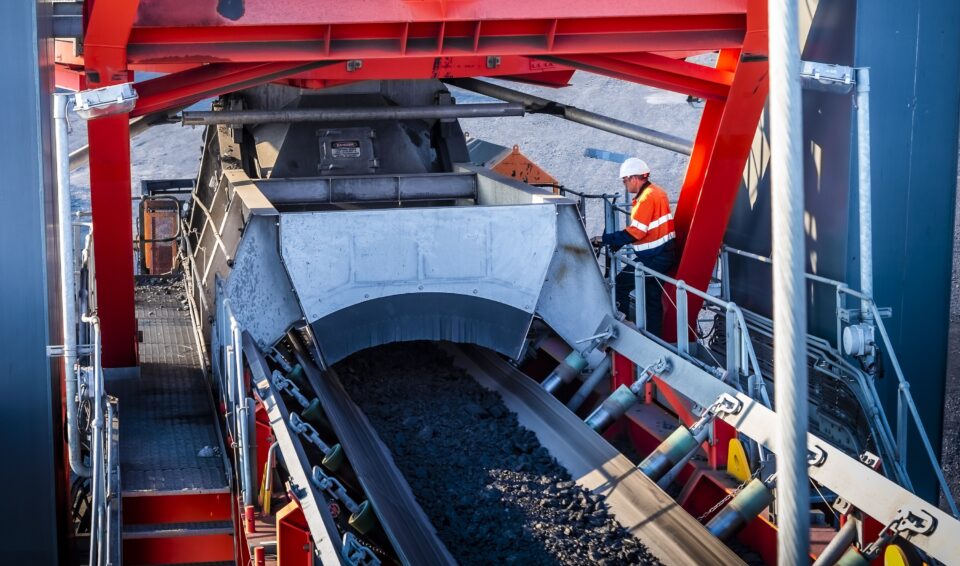Many industrial facilities, mines and power stations rely too much on dust suppression and extraction systems, when the real answer is to improve the flow of material through well designed chutes.
This is the considered opinion of Weba Chute Systems technical director Alwin Nienaber, based on decades of experience in this field. His view is that 50% to 80% of the dust problem around conveyors and transfer points can be resolved by applying the right chute system design and positioning equipment correctly.
“Many of the dust suppression and dust extraction systems that are applied in these applications are expected to do more than they are capable of,” says Nienaber. “A preferable approach is to get the chute design right first, and then apply these other systems to deal with the residual dust load.”
He explains that the advantages of doing this extend well beyond the health and safety benefits. He has seen more than a few situations where the dust created by a poorly designed chute can prevent personnel from moving or working in that area. This often prevents the checking or maintenance of critical equipment during operating hours, requiring more downtime to wait – literally – for the dust to settle.
“In examples like this, excessive dust can reduce an operation’s efficiency, so there is an opportunity to improve overall productivity by fixing the dust problem,” he says. “Other equipment in these areas also gets heavily coated with dust, and needs regular cleaning to ensure optimal performance. Cleaning becomes yet another avoidable cost.”
To address excessive dust creation, a good chute design is based on understanding the physics of material flow – and avoiding uncontrolled velocity and impact. A lack of control over the way material flows will degrade the material and create higher levels of aeration – which is what leads to dust dispersal.
“Our philosophy at Weba Chute Systems is to ensure that material flows more easily and remains consolidated as a homogenous stream,” he explains. “We base our designs on the ‘supertube’ effect, which also allows the controlled transfer of material onto the conveyor belt. Not only does this reduce dust, but it also cuts down on the wear rate of the belt itself.”



